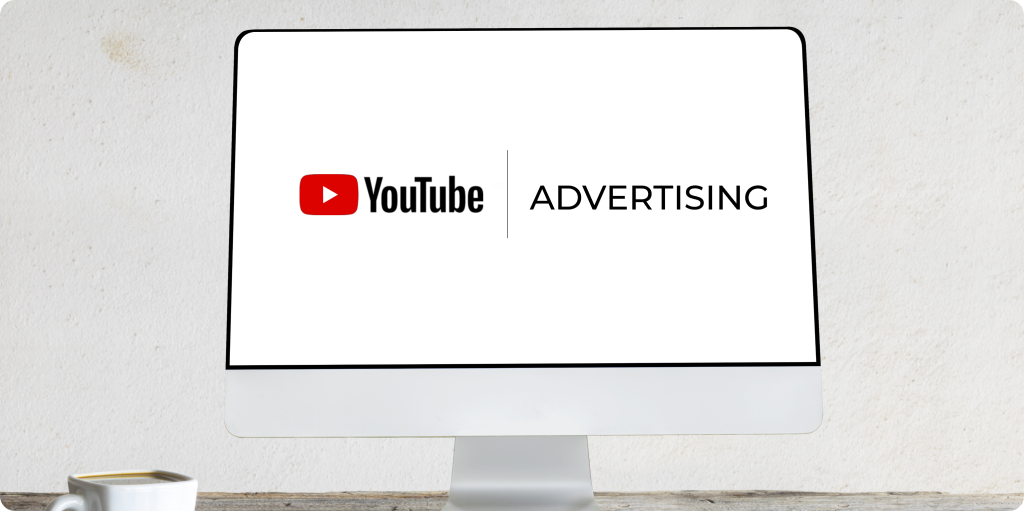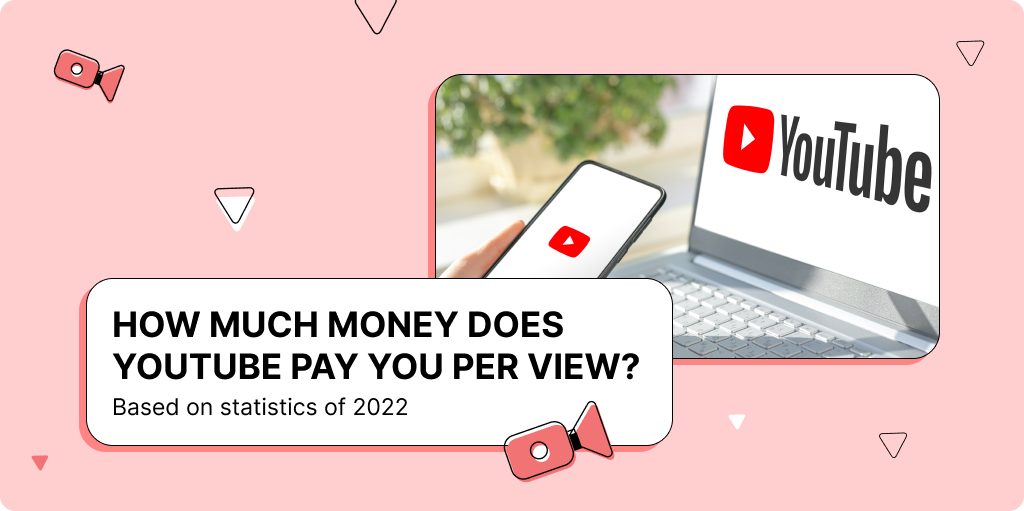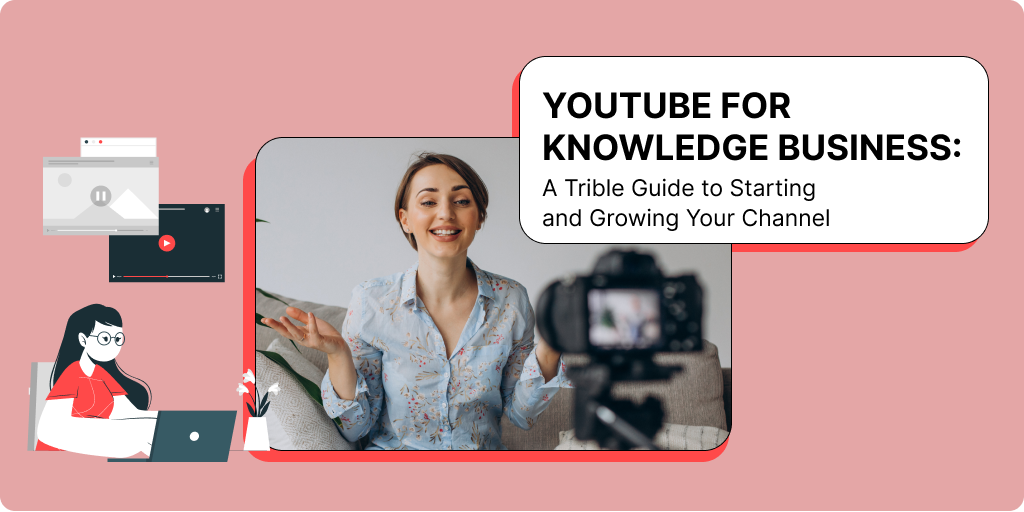Creating and managing a YouTube channel can be one of the most imaginative, hard, and gratifying digital activities you can embark on these days. But how well, after all, YouTube pays you per view? For the majority of creators, the YouTube channel is a leisure and a real work of passion. However, when you read about Youtube celebrities such MrBeast, who earns approximately $14 million per year from YouTube advertisements alone, not including sponsorships or apparel sales, you say to yourself, “What about me?”
Content monetization is a hot subject for both large and small creators. Whether you’re new to YouTube or intending to join, you may be wondering how to take part in the YouTube Partner Program and how much revenue per view on YouTube you can hope to earn. Well, we’ve got you covered.
Below is a simple tutorial on how to make money on YouTube from views and advertisements.
Does YouTube actually pay per-view?

Yes, but not per video view is the quick answer to this query. YouTube compensates content creators for ad views on the channels. This is what it implies. The most common strategy to monetize a YouTube channel is to allow the platform to show adverts on your videos. But you don’t just open a channel and wait for the money to come in. You should, first of all, join the YouTube Partner Program or YPP to begin earning ad revenue.
The YouTube Partner Program checks creators and provides revenue sources to them. As you can expect, there are many YouTube channels that display both copyrighted or low-quality videos that would not be a suitable fit for ads. That is precisely what the YouTube Partner Program seeks to avoid.
To join the YPP, you must meet a few minimal qualification requirements
- Follow YouTube’s monetization policies
- Living in an area where YPP is accessible
- Have no strikes for breaking the community standards on YouTube
- Get over 4,000 public watch hours in the last year
- Have over 1,000 followers
- Set up a Google AdSense account
You can sign the partner contract and link your AdSense account once your YouTube channel is approved for the YouTube Partner Program. YouTube will then evaluate your channel, which may take up to 30 days. You’ll be able to enter and enable monetization tools in settings after your YouTube channel has been authorized. Not all features may be accessible to you, either because you do not yet have sufficient followers (for instance, the merchandise shelf needs at least 10,000 subscribers) or because YouTube censors have opted to impose some limits.
YouTube, contrary to popular belief, does not pay for video views. In fact, creators are compensated per ad view when users watch YouTube advertising. Regardless of how famous your video is, no advertisements = no income. After joining the YPP program, you will receive detailed, per-video control over which content is to be paid. As a result, you may remove adverts on videos that aren’t a suitable fit for sponsors.
YouTube gets a 45% share of what the advertiser spends for placement on a certain channel. The rest, 55%, belong to the creator. So, how many views do you need to make money on YouTube?
How much money do you make each YouTube view?
Wouldn’t it be nice if you could predict how much ad income you’d generate each time someone viewed your content? However, YouTube algorithms do interfere. They are more complex than just a simple calculation, and YouTube money per view income can only be counted in averages. A solid rule of thumb is that videos with advertising allowed that receive more views generate more revenue than those that receive fewer views. However, your video and channel’s genre, niche, and even geography all have an impact.
For instance, videos about earning money online, real estate, personal finance, and technology tend to get awarded more than videos on comedy, gym, and lifestyle. But why? Considering AdSense is a bidding-based advertising engine, some keywords that marketers bid on are more valuable than others. We’ll go over this further at the conclusion of the piece.
Another concern in estimating income based on video views is that some users don’t see any advertisements at all. Ad filters are apparently used by more than 40% of users. While not all ad blocks are compatible with YouTube, this is a developing trend that will have an influence on creator profits in the future. Also, approximately 50 million YouTube Premium users pay a monthly membership fee and do not see any adverts on YouTube videos. Instead, creators get compensated based on how many YouTube Premium members watch their videos.
So, given all of this, how many YouTube views should you generate to make money?
From $2 to $12 per 1,000 views
Looking at data from Google’s AdSense calculator along with self-reported profits from creators within different sectors, we can state that if your video is in a category with competitive keywords and your viewers do not use ad blockers to avoid advertising; your possible ad revenue can indeed be 6 times greater.
On average, your CPM, which stands for the cost per thousand views, might range from $4 to $24, based on your area and niche. However, 1,000 video views do not equal 1,000 ad views. Only half of your views will be rewarded across the industry. However, the standard cost across all businesses would be roughly $5-7 per 1,000 views.
It’s also worth mentioning that these estimates are done per video; thus, increasing the frequency with which you publish videos is a smart method to generate more money.
From $120 to $800 per 100,000 views
The ad income may not grow linearly with the expansion of your channel. Some consumers will be less interested; many of them will simply watch brief chunks of your videos or will quit watching entirely once they see the commercial.
As a result, it’s realistic to expect your CPM for video views to fall anywhere between $1.2 and $8, or $120 to $800 for every 100,000 views.
From $1,200 to $6,000 per 1,000,000 views
Every creator’s ambition is to have a million views on a YouTube video. When you reach that point, you’re no longer just making videos for fun; you can call yourself an influencer and monetize your followers in many ways besides displaying advertising on your channel. Consider influencer marketing or sponsorships, channel subscriptions, online course sales, or live streaming with contributions.
In terms of ad income, your CPM is uncommon to go below $1.2 when your channel is large and popular. You might earn up to $6 for every 1,000 views. This implies that for every million views on your videos, you might get between $1,200 and $6,000. However, after you reach a million views per video on a constant basis, you will most likely be generating enough income to transform your YouTube channel into a proper job.
Several factors impact how much money per view you make on YouTube
As previously stated, the AdSense platform controls your ad revenue on YouTube. The procedure is comparable to the adverts that appear next to blog entries or even the Google search engine itself.
Topics and Categories
As said by Latasha James, a marketing strategist and online marketer with over 118k followers on YouTube, a category has a substantial influence on ad income.
“I began my YouTube adventure as a makeup artist, and while I had lots of views on multiple videos, my income never matched what I earn now as a creator in the entrepreneurship niche.
As my target audience is seeking a particular solution to a problem that will really make them more revenue, they are more likely to invest in a higher ticket product or service rather than in someone who is simply wanting to be entertained.” Latasha James stated.
For instance, keywords such as “local dentist” on Google can cost up to $100 per click since every potential client is crucial to a clinic in the long run, and competition is tough.
Additionally, if your video is connected to something that advertisers are willing to fight for, you’ll earn a higher CPM and more money as well.
When it comes to optimizing your YouTube channel for money, there are three things to keep in mind
- Who is your target audience: what demographics and purchasing power do they have?
- What is your expertise, and how distinct is your content?
- How competitive is the advertising industry centered around your videos?
For illustration, if you give professional advice on investment techniques or innovative startup ideas, you may get a considerably better CPM on commercials than if you run an entertainment channel.
Here are some recommendations for optimising YouTube pay per view.
Use the full menu of ads on YouTube

The sort of adverts you allow on your channel is another aspect that will influence how much money you generate with every video. YouTube also has a variety of advertisements.
- Skippable: after 5 seconds
- Non-skippable: 15-20 seconds
- Bumper: up to 6 seconds at the start of the video
- Overlay: text banner
- Back-to-back: for videos longer than 5 minutes
You have control over which ads appear and where they appear (pre-, mid-, or post- video). Because these variables alter engagement levels, they will result in varying CPM payments. Consider gaming the YouTube adverts. YouTube is the globe’s second most popular site, getting billions of visitors each month – so it’s tempting to seek ways of making your content more advertiser-friendly.
However, YouTube is a tremendously complicated and ever-changing platform, with powerful algorithms that demonetize material that does not provide what users desire.The greatest strategy we can recommend is to create the most real and engaging content possible. That way, you’ll gradually gain more views, and the YouTube algorithms will favor you.
Ad breaks placing
Another approach to optimize ad income, according to Latasha James, is to carefully insert ad breaks throughout the video.
For instance, if you create a home renovation video, you can insert an ad just before the final reveal. Because you’ve created suspense, your audience is more inclined to remain through an ad. But be careful; too many advertisements in your videos may seem spammy and cause your visitors to click away.
Monetize your YouTube audience with your own product
Are you looking for more methods to monetize your YouTube channel? Consider developing an online course to provide more detailed info to your most engaged users. TRIBLE is a platform that can help you create, advertise, and monetize online courses.
Thinkific is a simple tool for creating online courses. TRIBLE straightforward drag-and-drop editor and a collection of professionally made templates allow anybody to build a video-based course in less than two hours. With no technical requirements. Try TRIBLE right now.
 Open Sesame: 225 Engaging Email Subject Lines + Crafting Tips
Open Sesame: 225 Engaging Email Subject Lines + Crafting Tips






